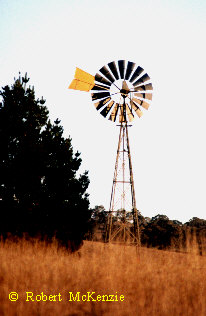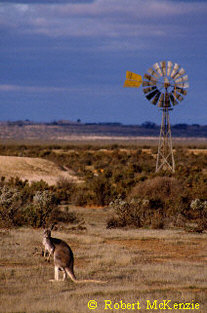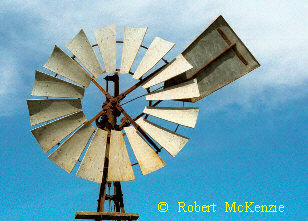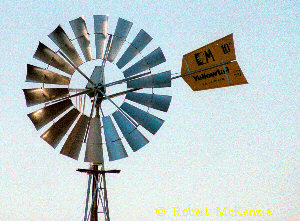METTERS LIMITED.
Extract from Windmills of the World
By William McCook 1986
Fred Metters founded the company (Metters Ltd.) in the final years of the 1890's, his main vocation was stove making. Fred Metters sold out
his interest and vacated his position with Metters Ltd. in 1904 (by 1908 Fred Metters was again trading in Windmills as Fred Metters & Co.,
in partnership with H.L. Spring). Windmills built by Metters Ltd during their 80 years of existence,
followed established designs and patterns. That is not to say they did not produce a good windmill: they did. Some of their mills,
most notably the MASTER NUOIL, introduced in the early 1930's and was built for 40 or more years. This was an extremely high quality
product and comparable to the very best produced by rival companies, either in Australia or elsewhere.
They were built in two locations: Adelaide, South Australia, their original home, and at Subiaco, Western Australia.






